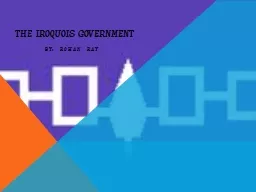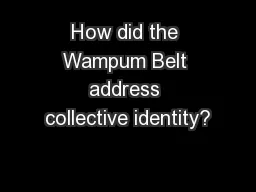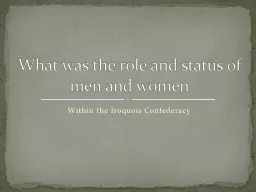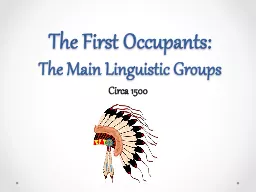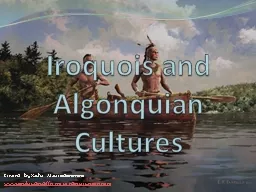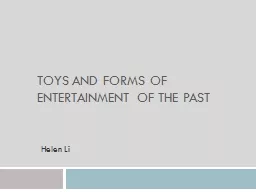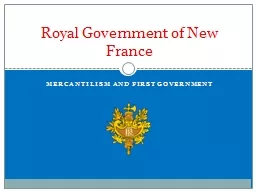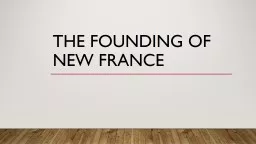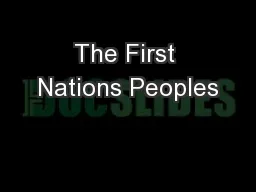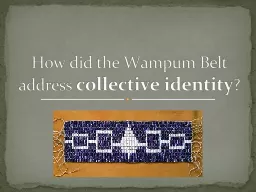PPT-The Iroquois Government By: Rohan Ray
Author : alida-meadow | Published Date : 2019-03-13
How did their Government Develop The government all started when two wise men named Deganawidah and Hiawatha came together during a war between five of the Iroquois
Presentation Embed Code
Download Presentation
Download Presentation The PPT/PDF document "The Iroquois Government By: Rohan Ray" is the property of its rightful owner. Permission is granted to download and print the materials on this website for personal, non-commercial use only, and to display it on your personal computer provided you do not modify the materials and that you retain all copyright notices contained in the materials. By downloading content from our website, you accept the terms of this agreement.
The Iroquois Government By: Rohan Ray: Transcript
Download Rules Of Document
"The Iroquois Government By: Rohan Ray"The content belongs to its owner. You may download and print it for personal use, without modification, and keep all copyright notices. By downloading, you agree to these terms.
Related Documents

